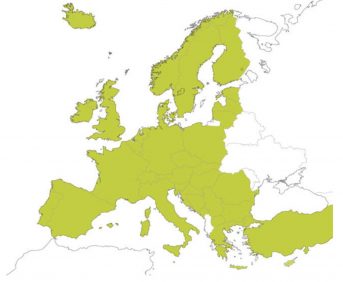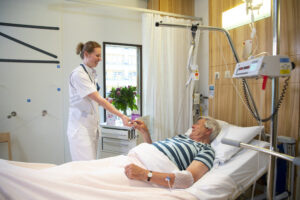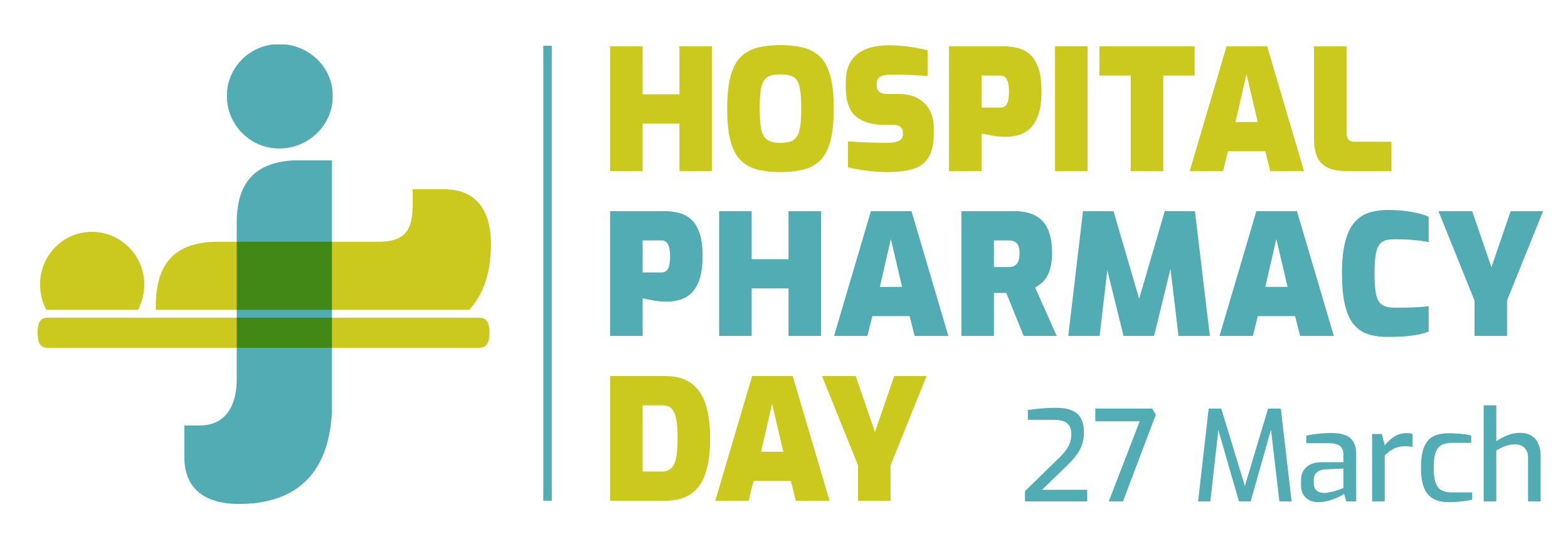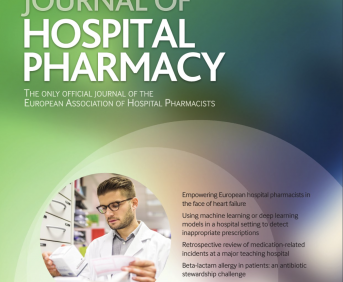IMPLEMENTATION OF A CRITICALITY TOOL FOR MEDICAL DEVICES IN A UNIVERSITY HOSPITAL
European Statement
Selection, Procurement and Distribution
Author(s)
C.ALINOVI, J.ZAMPA, D.PECANI
Toulouse University Hospital, FRANCE, Toulouse
Why was it done?
To set up tools to better manage medical device (MD) supply shortages, given the significant increase in the number of shortages in recent years.
What was done?
To better manage MD supply shortages in hospitals, a score has been developed to classify devices by their criticality during supply disruptions. This score considers various factors, such as : number of hospital departments using the product, average daily consumption rate, single-use vs. reusable nature of the product or Availability of alternatives.
How was it done?
A set of criteria and their interrelations were tested to establish a criticality score that categorizes MD into three levels : ‘supercritical’, ‘critical’, and ‘non-critical’. These categories reflect the potential impact on patient care in the event of a shortage. Thresholds, such as the daily consumption rate, were particularly important in defining this score.
What has been achieved?
To validate the scoring method, 33 combinations of criteria and 1,257 threshold variations were tested on a sample of 66 products. These products had previously been rated by expert pharmacists for criticality. Sensitivity and specificity calculations were used to compare the test results with expert evaluations. After testing, three combinations achieved the desired accuracy, and one of these was selected.
The final scoring method was applied to 764 MD in stock at the hospital, identifying 44 as ‘supercritical’. The security storage thresholds were increased for these 44 MD so that they would be less affected in the event of a shortage, and are MD targeted during order delays, so that they can be relaunched as a priority.
What next?
A similar scoring system will be developed for MD managed in non-stock mode to classify the most critical items in the event of a supply shortage.
























